In today’s fast-paced business landscape, staying ahead of the competition requires efficient management of resources, streamlined processes, and real-time insights. This is where sage erp software comes into play. But what exactly is Sage ERP Software, and why is it crucial for businesses?
Mục lục
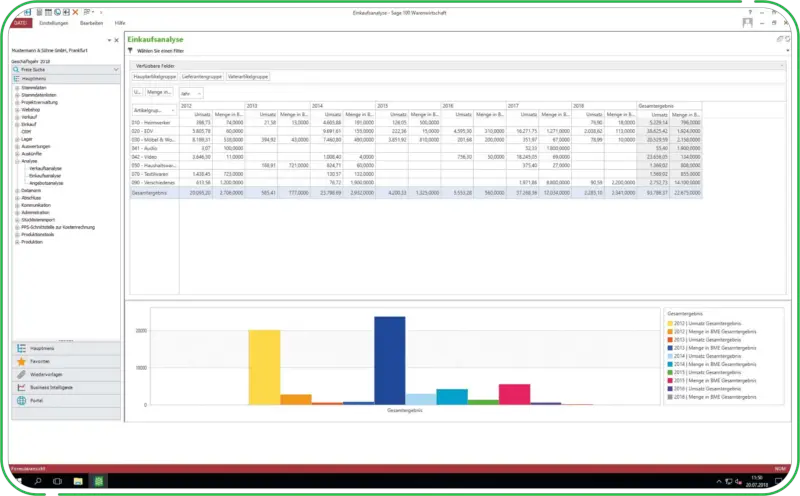
A. What is Sage ERP Software?
Sage ERP Software is a comprehensive enterprise resource planning solution designed to integrate various business functions and streamline operations. It serves as a centralized hub, enabling businesses to manage essential processes such as finance, inventory, supply chain, and reporting in a seamless manner. With Sage ERP Software, businesses can drive efficiency, enhance productivity, and make informed decisions based on accurate data.
B. Importance of Sage ERP Software in Business Operations
In the competitive business landscape, efficiency is the key to success. Sage ERP Software plays a vital role in enhancing operational efficiency by automating manual tasks, eliminating redundant processes, and optimizing resource allocation. By providing a holistic view of the entire business, Sage ERP Software empowers organizations to make data-driven decisions, identify trends, and adapt swiftly to market changes.
But the benefits of Sage ERP Software go beyond operational efficiency. It also enables enhanced financial management, ensuring accurate and timely financial reporting, reducing errors, and improving compliance. With real-time insights and analytics, businesses can gain a deeper understanding of their financial health, identify areas for improvement, and allocate resources strategically.
Furthermore, Sage ERP Software offers robust inventory and supply chain management capabilities. It helps businesses optimize inventory levels, streamline procurement processes, and improve order fulfillment. By maintaining accurate inventory records and minimizing stockouts, businesses can enhance customer satisfaction and boost profitability.
In conclusion, Sage ERP Software is a powerful tool that helps businesses streamline operations, drive efficiency, and make informed decisions. From finance to inventory management, it empowers organizations to adapt to the ever-changing business landscape and achieve sustainable growth. Stay tuned as we delve deeper into the features, benefits, and successful implementation of Sage ERP Software. [erp.ebest.vn]
Features and Benefits of Sage ERP Software
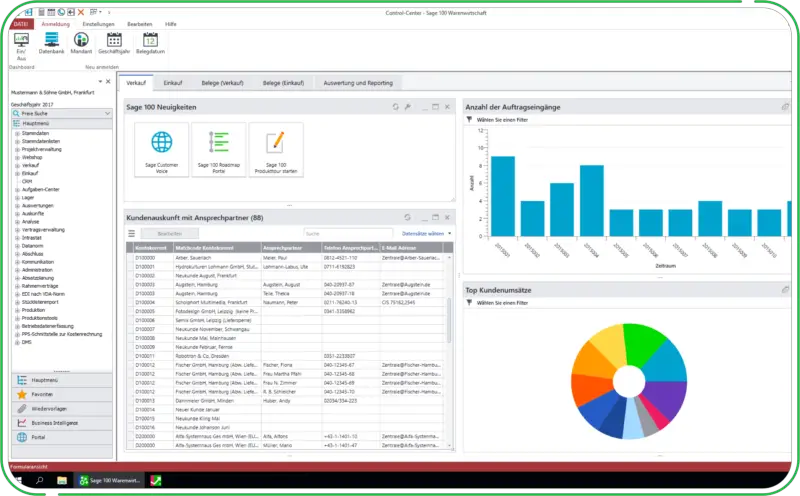
Sage ERP Software offers a wide range of features and benefits that enable businesses to optimize their operations and achieve sustainable growth. Let’s explore some of the key advantages this robust solution brings to the table.
A. Streamlined Business Processes
Sage ERP Software streamlines business processes by automating repetitive tasks and eliminating manual errors. It integrates different departments and functions, allowing seamless data flow and collaboration across the organization. From order management to production planning, the software ensures efficient workflows, reducing bottlenecks and improving overall productivity.
B. Enhanced Financial Management
One of the critical aspects of any business is financial management, and Sage ERP Software excels in this area. It provides comprehensive tools for managing accounts payable and receivable, general ledger, budgeting, and cash flow. With real-time financial data and customizable reports, businesses can gain better visibility into their financial performance, make accurate forecasts, and ensure compliance with regulatory requirements.
C. Improved Inventory and Supply Chain Management
Sage ERP Software offers robust inventory and supply chain management capabilities. It enables businesses to track and manage inventory levels, automate purchase orders, and optimize warehouse operations. By minimizing stockouts and ensuring timely replenishment, businesses can enhance customer satisfaction, lower carrying costs, and improve overall supply chain efficiency.
D. Comprehensive Reporting and Analytics
Effective decision-making relies on accurate and timely information. Sage ERP Software provides comprehensive reporting and analytics tools that empower businesses to gain valuable insights into their operations. With customizable dashboards and real-time data, users can monitor key performance indicators, identify trends, and make data-driven decisions that drive business growth.
E. Scalability and Customization Options
As businesses evolve and grow, they need software solutions that can scale with their needs. Sage ERP Software offers scalability, allowing businesses to add new modules, users, and functionalities as their requirements change. Additionally, the software provides customization options, enabling businesses to tailor the system to their unique processes and industry-specific needs.
F. Integration with Third-Party Applications
To further enhance its capabilities, Sage ERP Software seamlessly integrates with various third-party applications. Whether it’s CRM software, e-commerce platforms, or business intelligence tools, the integration capabilities of Sage ERP Software allow businesses to leverage their existing tech stack and maximize the value of their investments.
In the next section, we will explore how to choose the right Sage ERP Software for your business, ensuring a seamless implementation that aligns with your specific needs and requirements. Stay tuned for valuable insights!
[erp.ebest.vn]
Choosing the Right Sage ERP Software for Your Business
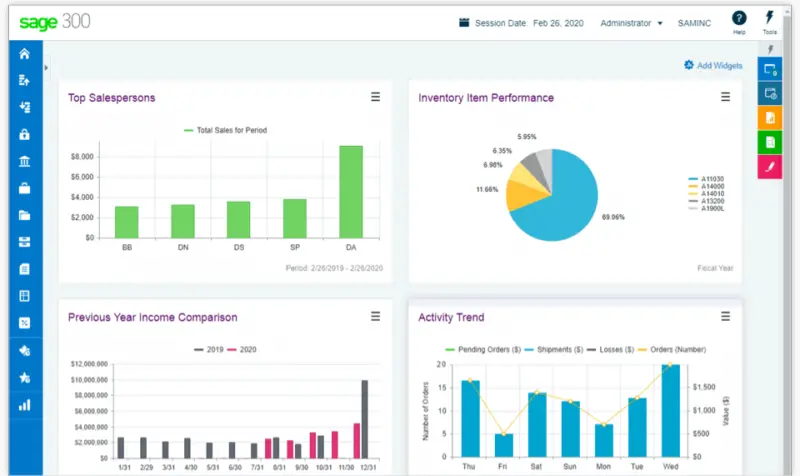
When it comes to selecting the right Sage ERP Software for your business, it’s essential to consider various factors to ensure a seamless integration and optimal functionality. Let’s explore the key steps to guide you in making the best choice:
A. Assessing Your Business Needs and Requirements
Before diving into the sea of options, take a step back and assess your business needs and requirements. Identify the pain points, bottlenecks, and areas that need improvement within your organization. Do you need better financial management tools? Are you looking to streamline your supply chain? Understanding your unique needs will help you narrow down the features and functionalities you require in a Sage ERP Software solution.
B. Evaluating Different Sage ERP Software Solutions
With countless Sage ERP Software solutions available in the market, it’s crucial to evaluate them thoroughly. Research and compare different offerings, considering factors such as scalability, ease of use, integration capabilities, and industry-specific functionality. Look for user reviews, case studies, and testimonials to gauge the software’s reliability and performance. Additionally, consider the vendor’s reputation, experience, and customer support services.
C. Considering Budgetary Constraints
While it’s tempting to go for the most feature-rich solution, it’s important to consider your budgetary constraints. Determine your allocated budget for implementing Sage ERP Software and weigh it against the features and benefits offered by each solution. Remember, investing in the right software that aligns with your business goals and budget will yield a higher return on investment in the long run.
D. Seeking Expert Advice or Consulting Services
If you’re unsure about the selection process or want to ensure a smooth implementation, don’t hesitate to seek expert advice or consulting services. ERP consultants can provide valuable insights, help you define your requirements, and guide you in choosing the most suitable Sage ERP Software for your business. Their expertise and experience can save you time, effort, and costly mistakes.
By following these steps and considering your business needs, evaluating different solutions, staying within your budget, and leveraging expert advice, you can confidently choose the right Sage ERP Software that aligns with your business goals. Stay tuned as we explore the successful implementation of Sage ERP Software in the next section.
Implementing Sage ERP Software Successfully
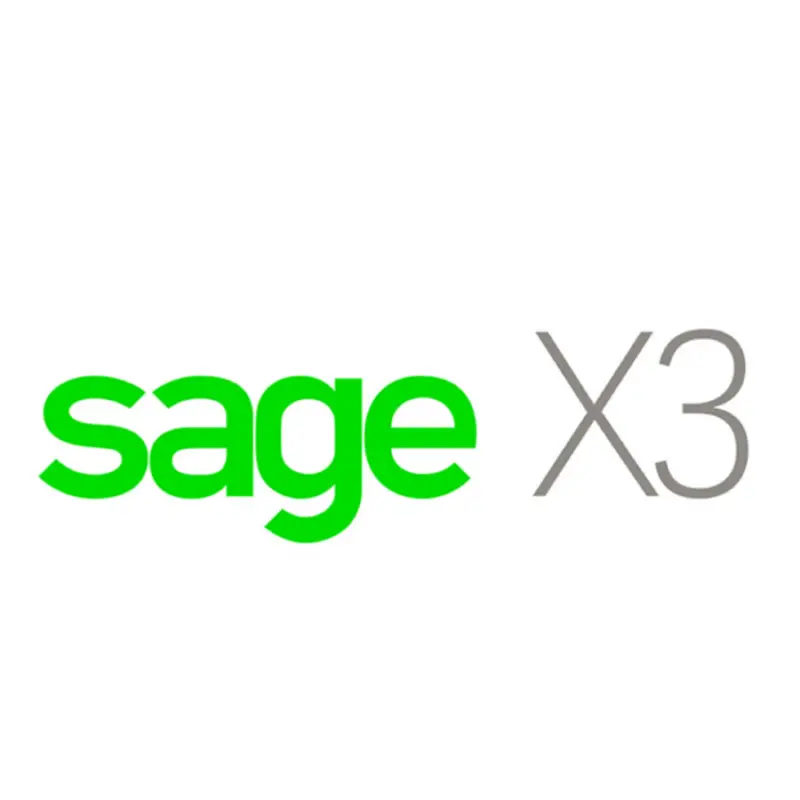
Efficient implementation is crucial to maximize the benefits of Sage ERP Software. Let’s explore the key steps involved in successfully implementing this powerful solution.
A. Planning and Preparation
Implementing Sage ERP Software begins with careful planning and preparation. This phase involves assessing your business needs, defining project objectives, and establishing a clear roadmap. Start by identifying key stakeholders and assembling a dedicated implementation team. Collaborate with them to set realistic timelines, allocate resources, and define measurable goals. Conduct a thorough analysis of your existing processes, identify pain points, and document the desired outcomes you hope to achieve with Sage ERP Software.
B. Data Migration and System Configuration
The next step in implementing Sage ERP Software is migrating your data and configuring the system to align with your business requirements. Ensure that your data is clean, accurate, and compatible with the new system. Develop a data migration plan that includes data mapping, extraction, transformation, and validation. Work closely with your implementation team and Sage ERP consultants to configure the system modules, workflows, and user permissions. Tailor the software to meet your specific business needs, such as customizing reports, templates, and dashboards.
C. User Training and Adoption Strategies
To ensure a successful implementation, it is crucial to invest in comprehensive user training and adoption strategies. Conduct training sessions that cater to different user roles and provide hands-on experience with Sage ERP Software. Empower your employees with the knowledge and skills necessary to navigate the system, enter data accurately, and leverage its features effectively. Encourage user adoption by highlighting the benefits and demonstrating how the software streamlines their daily tasks, improves productivity, and enhances their overall work experience.
D. Ongoing Support and Maintenance
Implementing Sage ERP Software is not a one-time event but an ongoing process. Establish a support system to address user queries, troubleshoot issues, and provide continuous assistance. Regularly monitor system performance, conduct software updates, and stay informed about the latest features and enhancements. Collaborate with your implementation team and Sage ERP support to ensure seamless integration with other software solutions and adapt to evolving business needs. By prioritizing ongoing support and maintenance, you can optimize the performance and longevity of your Sage ERP Software implementation.
Stay tuned as we explore real-world examples of successful Sage ERP Software implementations and the tangible benefits they have brought to businesses. [erp.ebest.vn]
Case Studies: Real-World Examples of Sage ERP Software Implementation
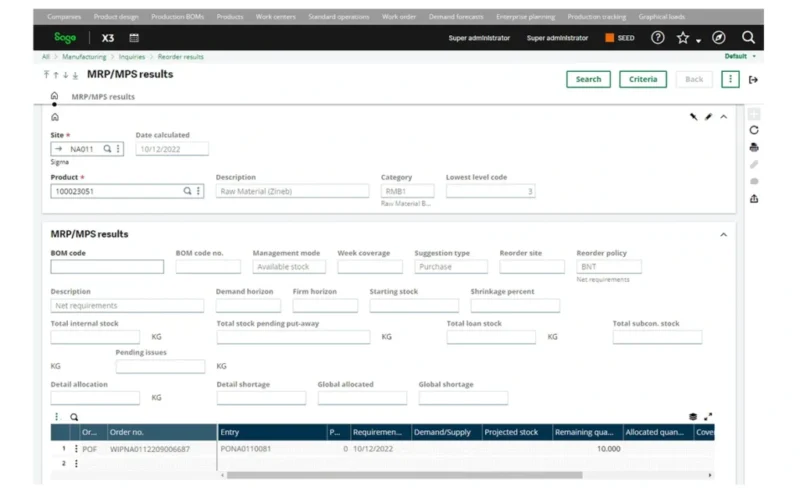
When it comes to choosing an ERP solution, real-world success stories can provide valuable insights into the benefits and impact of Sage ERP Software. Let’s explore a few case studies that highlight how companies have leveraged Sage ERP Software to transform their operations and achieve remarkable results.
A. Company A: Streamlining Operations and Boosting Productivity
Company A, a manufacturing firm, was facing challenges in managing its complex supply chain and production processes. By implementing Sage ERP Software, they were able to streamline their operations and boost productivity significantly. With real-time visibility into inventory levels, they optimized their procurement processes, reducing stockouts and excess inventory. The integration of production planning and scheduling modules improved efficiency and minimized production bottlenecks. Consequently, Company A experienced faster order fulfillment, improved customer satisfaction, and increased profitability.
B. Company B: Improving Financial Visibility and Decision-Making
Company B, a mid-sized retail company, struggled with outdated financial systems that hindered their ability to gain accurate insights and make informed decisions. After adopting Sage ERP Software, they witnessed a remarkable transformation. The software’s robust financial management capabilities enabled them to generate real-time financial reports, track key performance indicators, and analyze profitability across various product lines and business units. With enhanced financial visibility, Company B was able to make data-driven decisions, identify cost-saving opportunities, and allocate resources effectively, resulting in improved financial performance and strengthened competitive advantage.
C. Company C: Optimizing Inventory Management and Warehouse Efficiency
Company C, a distribution company, faced challenges in managing their vast inventory and ensuring efficient warehouse operations. With Sage ERP Software, they optimized their inventory management processes, achieving a fine balance between inventory levels and customer demand. The software’s advanced warehouse management features enabled them to streamline order picking, packing, and shipping, reducing errors and improving order accuracy. With real-time inventory data and automated replenishment, Company C experienced a significant reduction in carrying costs and enhanced warehouse efficiency.
These case studies illustrate how Sage ERP Software has helped companies overcome diverse operational challenges, drive efficiency, and achieve tangible results. By leveraging the power of Sage ERP Software, businesses can transform their operations and position themselves for long-term success. Stay tuned as we delve deeper into the implementation process and best practices for Sage ERP Software.
Conclusion and Future Trends in Sage ERP Software

As we conclude our exploration of Sage ERP Software, it is evident that this robust solution has become an invaluable asset for businesses across various industries. By streamlining operations, enhancing financial management, and optimizing inventory, Sage ERP Software empowers organizations to achieve efficiency and drive growth.
In today’s rapidly evolving business landscape, staying ahead of the curve is crucial. Sage ERP Software not only addresses the present needs of businesses but also prepares them for the future. With emerging trends and innovations, Sage ERP Software continues to evolve, offering even more advanced capabilities and opportunities for businesses to thrive.
Looking ahead, we can expect several exciting trends in Sage ERP Software. One such trend is the integration of artificial intelligence (AI) and machine learning (ML) capabilities. AI and ML can enable predictive analytics, automate routine tasks, and provide intelligent insights to help businesses make proactive decisions. This integration will further enhance the efficiency and accuracy of processes within Sage ERP Software, driving productivity and profitability.
Another trend is the emphasis on cloud-based solutions. Cloud technology offers scalability, flexibility, and cost-effectiveness, making it an ideal choice for businesses of all sizes. Sage ERP Software leverages cloud capabilities to provide real-time access to data, facilitate collaboration, and ensure seamless updates and upgrades.
Additionally, mobility is becoming increasingly important in the business world. With the rise of remote work and the need for on-the-go access, Sage ERP Software is adapting to provide mobile-friendly interfaces and applications. This enables employees to access critical information and perform essential tasks from anywhere, ensuring productivity and agility.
In conclusion, Sage ERP Software is a game-changer for businesses, offering a comprehensive solution to manage and optimize operations. With its array of features, benefits, and future trends, Sage ERP Software empowers organizations to stay competitive, make informed decisions, and drive success